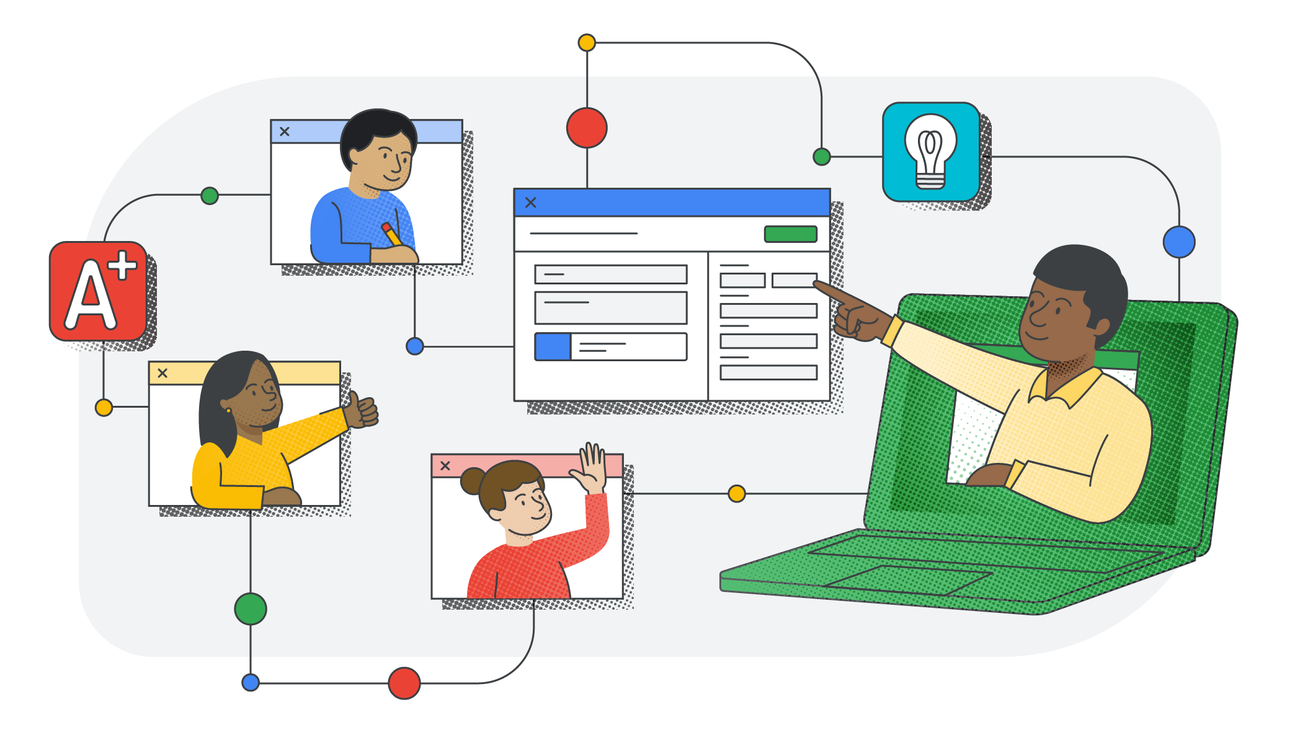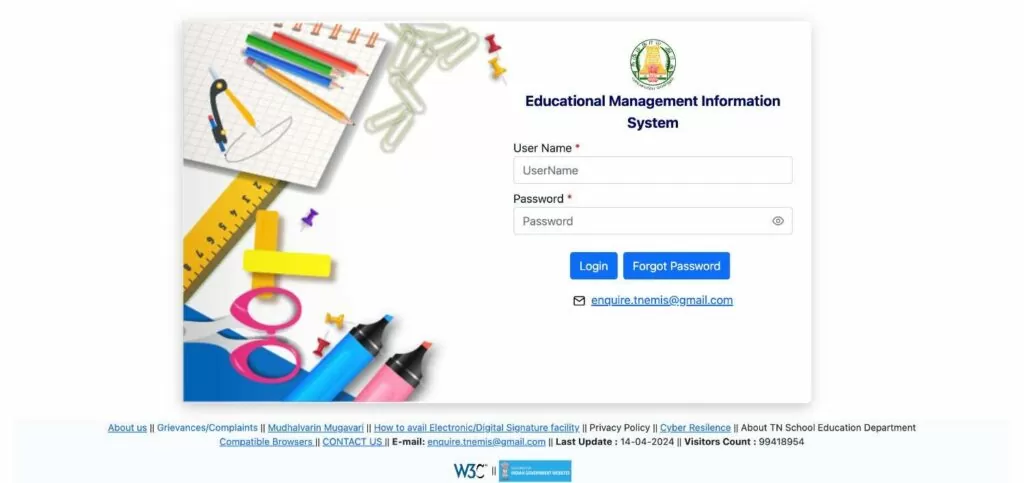Introduction
In today’s digital age, gamified learning apps have emerged as powerful tools for transforming education and engaging learners in new and exciting ways. By incorporating elements of gameplay, interactivity, and competition into educational content, these apps make learning fun, motivating, and accessible to students of all ages. In this comprehensive guide, we will explore the benefits of gamified learning apps, popular examples across various subjects, and best practices for leveraging gamification in education.
Understanding Gamified Learning Apps
Definition
Gamified learning apps are educational applications that integrate game mechanics, such as points, badges, leaderboards, and challenges, into learning activities and content. These apps aim to motivate and engage learners by tapping into intrinsic motivators, such as curiosity, mastery, and achievement, while promoting skill development and knowledge acquisition.
Key Features
- Interactive Gameplay: Gamified learning apps offer interactive gameplay experiences that encourage active participation and exploration. Through challenges, quests, and simulations, learners can apply knowledge, solve problems, and progress through levels at their own pace.
- Rewards and Incentives: Rewards and incentives, such as points, badges, and virtual currency, are used to motivate learners and reinforce desired behaviors. These rewards provide immediate feedback and recognition for achievements, encouraging continued engagement and effort.
- Progress Tracking: Gamified learning apps track learner progress and performance, allowing students to monitor their achievements, set goals, and track their improvement over time. Progress tracking features provide valuable data insights for educators and parents to assess student proficiency and identify areas for growth.
Popular Gamified Learning Apps
Duolingo
Duolingo is a popular language-learning app that gamifies the language-learning experience through interactive lessons, quizzes, and challenges. Learners earn points and virtual rewards for completing lessons, mastering vocabulary, and achieving fluency in languages such as Spanish, French, and Mandarin.
Kahoot!
Kahoot! is a game-based learning platform that allows educators to create and share interactive quizzes, surveys, and discussions with their students. With customizable quizzes and competitive multiplayer modes, Kahoot! promotes active learning, collaboration, and friendly competition in the classroom and beyond.
Prodigy
Prodigy is a math game that integrates math curriculum standards into an immersive role-playing adventure. By solving math problems and battling monsters in a fantasy world, students practice essential math skills while progressing through grade-level content and earning rewards for their achievements.
Benefits of Gamified Learning Apps
Increased Engagement and Motivation
Gamified learning apps captivate learners’ attention and motivate them to actively participate in learning activities. By leveraging game mechanics and rewards, these apps tap into intrinsic motivators, such as curiosity and mastery, while making learning enjoyable and rewarding.
Personalized Learning Experiences
Gamified learning apps offer personalized learning experiences tailored to individual student needs, interests, and learning styles. Through adaptive algorithms and differentiated challenges, learners receive targeted feedback and support, allowing them to progress at their own pace and level of proficiency.
Enhanced Learning Outcomes
Research has shown that gamified learning apps can lead to improved learning outcomes, including increased retention, comprehension, and academic achievement. By providing interactive and immersive learning experiences, these apps promote deeper engagement, critical thinking, and problem-solving skills among students.
Best Practices for Leveraging Gamification in Education
- Align with Learning Objectives: Ensure that gamified learning activities align with educational goals, curriculum standards, and learning outcomes to maximize their effectiveness and relevance in the classroom.
- Provide Feedback and Recognition: Offer timely and meaningful feedback to learners to reinforce desired behaviors and encourage continuous improvement. Recognize and celebrate achievements through virtual rewards, badges, and leaderboards to motivate students and build a positive learning environment.
- Promote Collaboration and Competition: Foster collaboration and healthy competition among students by incorporating multiplayer modes, team challenges, and collaborative quests into gamified learning activities. Encourage students to work together, share strategies, and support each other in achieving common goals.
Conclusion
In conclusion, gamified learning apps have revolutionized education by making learning engaging, interactive, and enjoyable for students of all ages. By integrating game mechanics, rewards, and challenges into educational content, these apps motivate learners, personalize learning experiences, and enhance learning outcomes. As educators continue to embrace innovative approaches to teaching and learning, gamified learning apps remain a powerful tool for inspiring curiosity, fostering creativity, and empowering students to succeed in school and beyond.





